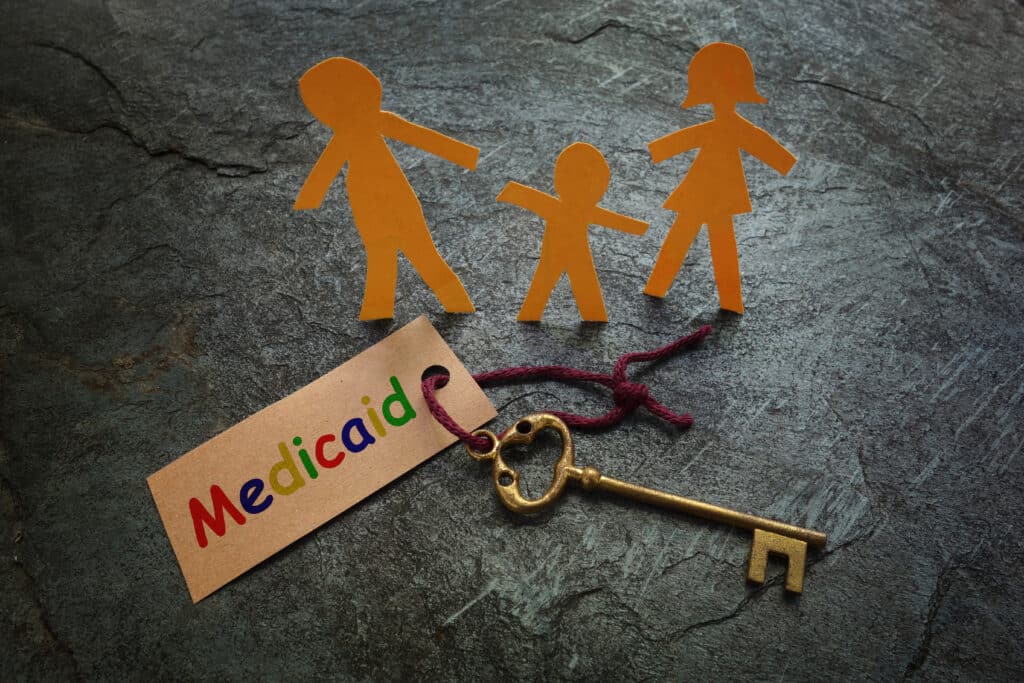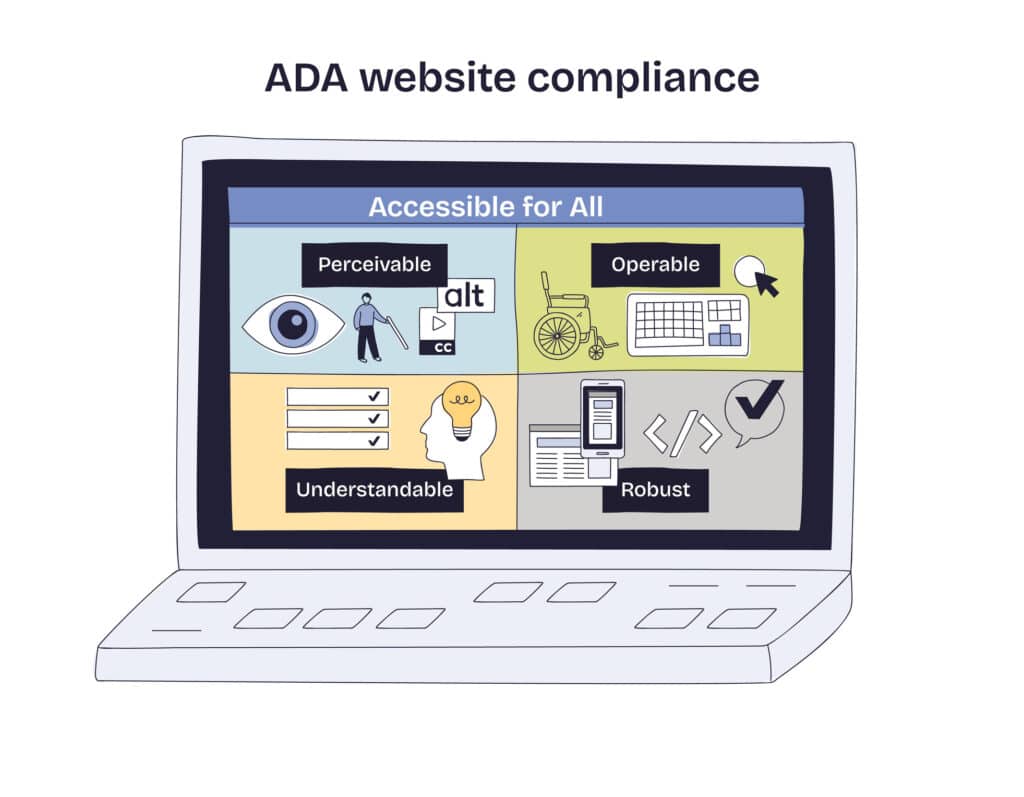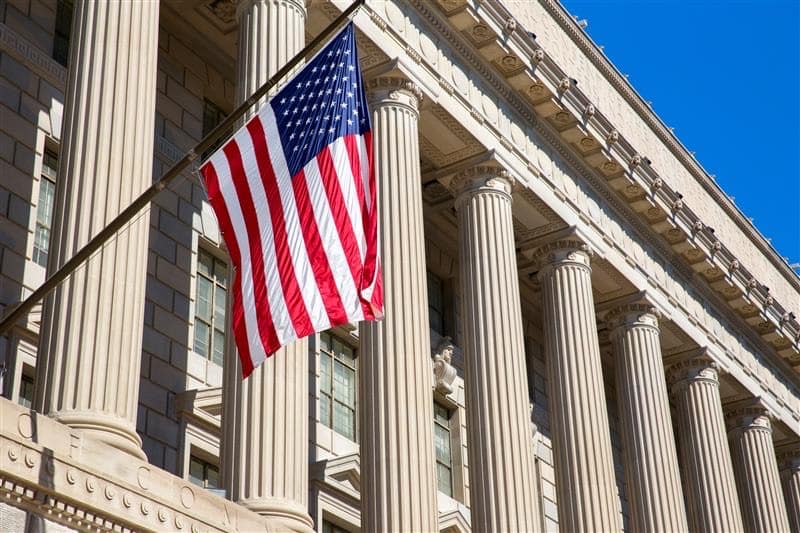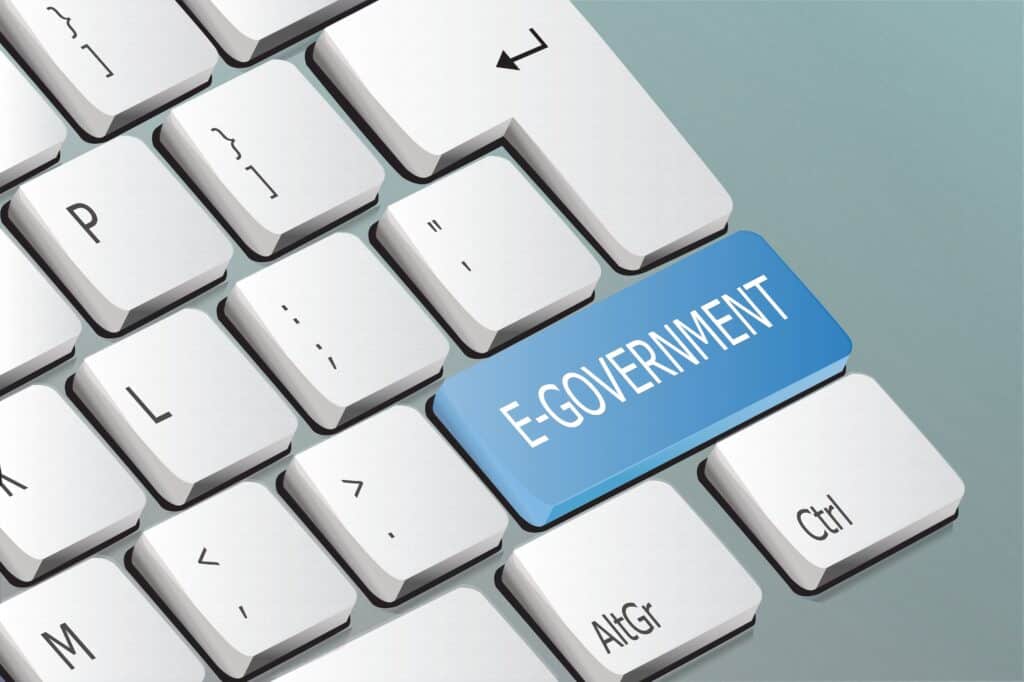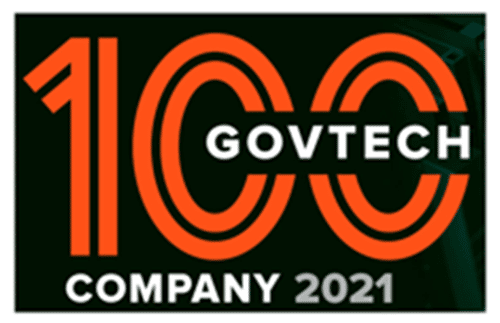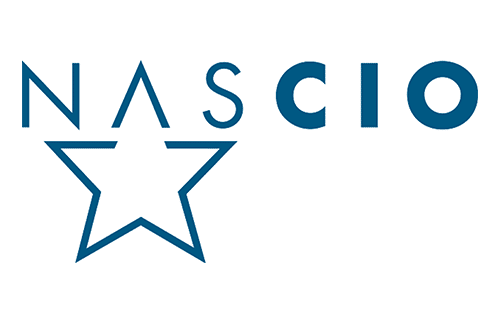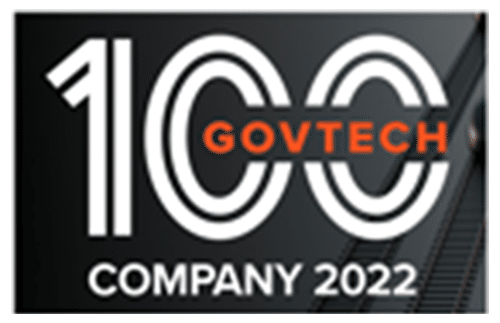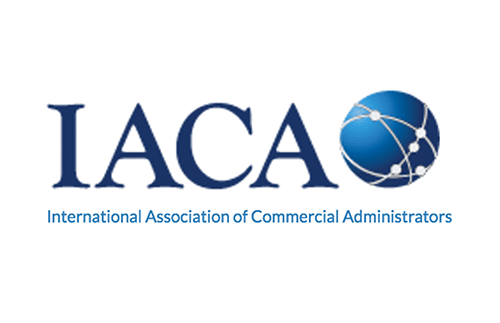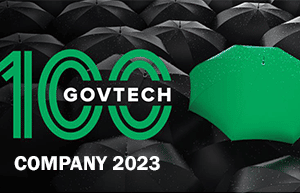The deadline for state and local government to incur expenses associated with the response to the COVID-19 pandemic is December 30, 2020, as designated under the Coronavirus Aid, Relief and Economic Security (CARES) Act. This translates into an urgent need for government agencies to rapidly deploy online applications with the high speed of automated government workflows to obtain and process remaining requests for reimbursement in the final weeks of the year – ultimately for the good of the state. This blog post shares practical ideas of how your state, city, town or municipality can obtain additional money from the Coronavirus Relief Fund before it is too late.
How a County Secured Funding for COVID-related Expenses:
SimpliGov specializes in accelerating digital deployments of CARES Act applications. One of our customers, New Castle County in Delaware, used the SimpliGov automation platform to launch an automated workflow and online form from start to finish within two days to make it easier and more efficient for municipalities and fire departments to submit requests for reimbursement from the Coronavirus Relief Fund for COVID-19 expenses.
New Castle County was the first county in the state to use next-generation, cloud-based government workflow automation to stand up a digital form in support of the CARES Act within 48 hours with a fully compliant workflow associated with the application form. (To read the entire story, click this link.
This kind of high speed to deploy the fully compliant forms to government bodies, local businesses and constituents is vital at this time. Furthermore, buoyed by its COVID-19 Online Resource Center that the company launched at the start of the pandemic, SimpliGov has expanded its resources to help more government agencies in the remaining weeks of the CARES Act sprint.
To help you understand what qualifies, here are a few guidelines and tips that you should know.
- State and local government may use payments from the Coronavirus Relief Fund only to cover previously unbudgeted costs of necessary expenditures incurred due to the COVID–19 public health emergency during the set period that ends in late 2020, according to the U.S. Department of Treasury.
- The CARES Act requires that payments be used only to cover costs that were not accounted for in the budget most recently approved as of March 27, 2020.
- The “most recently approved” budget that the Treasury Department refers to is the “enacted budget for the relevant fiscal period for the particular government, without taking into account subsequent supplemental appropriations enacted or other budgetary adjustments made by that government in response to the COVID-19 public health emergency.”
- Goods delivered in the period ending on December 30th do not have to be used during the period in all cases. For example, the cost of a good that must be delivered in December in order to be available for use in January could be covered using payments from the CARES Act.
- Expenditures are required to help state and local government respond directly to the emergency. This includes addressing medical or public health needs and expenditures incurred to respond to effects of the emergency. It also includes providing economic support to those suffering from employment or business interruptions due to COVID-19-related business closures.
Examples of eligible expenditures include the following (albeit, this is not an all-encompassing list):
- COVID-19-related expenses of public hospitals and clinics
- Costs of providing COVID-19 testing
- Emergency medical response expenses, including emergency medical transportation
- Expenses for establishing and operating public telemedicine capabilities
- Expenses for acquisition and distribution of medical and protective supplies
- Expenses for disinfection of public areas and other facilities, including nursing homes
- Expenses for public safety measures
- Expenses for quarantining individuals
- Expenses for food delivery to residents
- Expenditures related to the provision of grants to small businesses to reimburse the costs of business interruption caused by required closures
- Expenses to facilitate distance learning, including technological improvements, in connection with school closings to enable compliance with COVID-19 precautions
- Expenses of providing paid sick and paid family and medical leave to public employees to enable compliance with COVID-19 public health precautions
- COVID-19-related expenses of maintaining state prisons and county jails, including as relates to sanitation and improvement of social distancing measures
- Payroll expenses for public safety, public health, health care, human services, and similar employees whose services are substantially dedicated to mitigating or responding to the COVID19 public health emergency.
- Unemployment insurance costs related to the COVID-19 public health emergency
- Expenditures related to a State, territorial, local, or Tribal government payroll support program
A complete list of eligible expenses is available on the website: treasury.gov.
Connect with SimpliGov to see what SimpliGov’s rapid deployment capabilities could do for you. Don’t let time run out. For the fastest response, contact Troy Bare, VP Sales at SimpliGov at [email protected].



